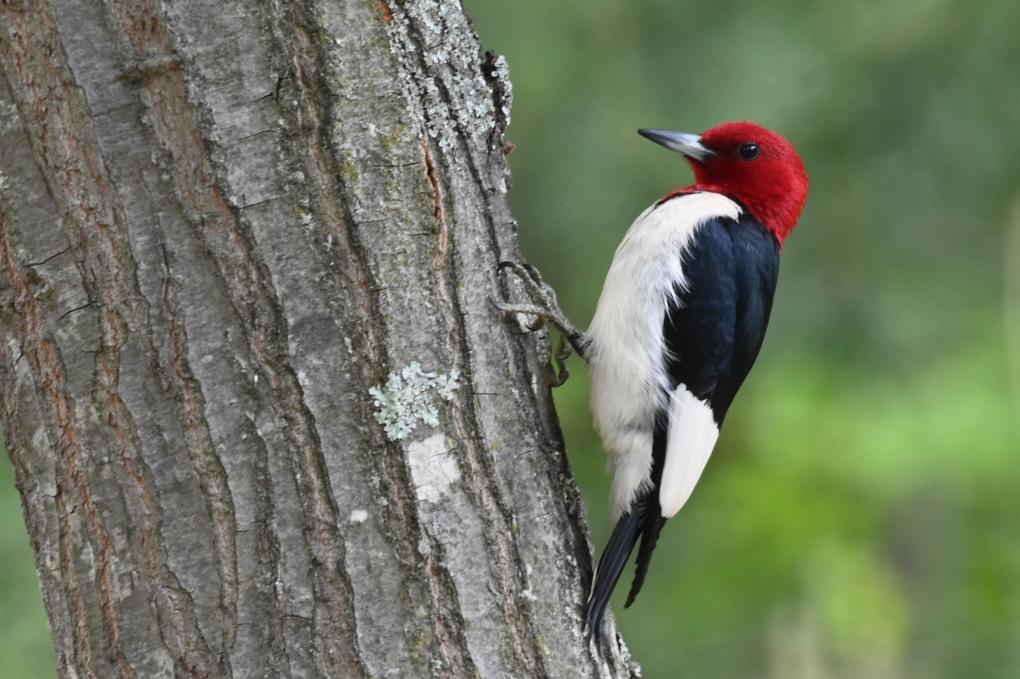david
Forum Replies Created
Viewing 10 posts - 1 through 10 (of 10 total)
-
davidParticipantThese are gorgeous sketches! Nicely impressionistic. Good work, tfs.in reply to: I am so thankful for birds #993745
-
davidParticipant
@Adel That is a very nice capture with great eye detail. What bird is that?
in reply to: bird photography #990216 -
davidParticipantLearn the triangle of aperture, shutter speed, and iso, and how each of these affects the other 2, (eg, if you narrow your aperture to get greater depth of field, you will need to slow the shutter speed) and of course, the result. IMO, use manual mode and auto iso. Learn which of your AF modes suit you best (this is quite important). I have settled on pin point for stationary subjects and wide area subject tracking for moving targets. Just keep shooting, reviewing, and learning!in reply to: bird photography #990166
-
davidParticipantHave you looked into used cameras? You can get a decent dslr and telephoto lens for about as much as a good scope, and you don't need a tripod, and you can follow moving subjects.in reply to: Beginning my Photography Adventure #990165
-
davidParticipantFast shutter speed. But of course that lowers the total light hitting the sensor, meaning that the aperture must be wide, and/or the iso must be high. But modern sensors can handle really high iso, well into the 1000's. So I pick shutter speed and aperture depending on the situation and let the camera handle iso. Bright conditions, F7.1 to 9 for depth of field, and 1/2000 to 1/5000 depending on the speed of the subject. For lower light, F5.6 to 7.1, and 1/800 to 1/2000. The lower the light the lower the shutter speed. So, low light and fast subjects = hard. Luckily modern cameras have controls that make changing these variables very quick, and you just make your own guess for each situation. The most important factor is AF. You must use continuous AF for BIF. But all brands and models have different forms of AF, so finding the best for each situation is really trial and error, and I highly recommend back button focusing. Happy hunting! Oh, and swifts are imo the hardest BIFs to capture. I'm still working on them.
-
davidParticipantUse manual mode, and research the iso-aperture-shutter speed relationships (eg; high iso means more depth of field and greater light sensitivity, but more grainyness to fine details.) preset your settings when you get to a venue. I use auto iso, modern cameras can do well at high isos. All modern cameras allow you to switch these setting on the fly as needed. Focusing is a whole other animal. Just take shots using all of your camera's AF modes and find out how each AF mode performs, especially with moving subjects. Happy hunting!in reply to: I need some tips for my photography skills #987359
-
davidParticipantThe eye expression and black beak make me think catbird?in reply to: Can you spot the OTHER bird in this picture? #987357
-
davidParticipantDon't forget color! And apart from the visual aesthetics, there is also mood, setting, and story telling. I only took up photography 1 year ago, and my, what a pursuit it is. Endless..
 in reply to: Photography #987348
in reply to: Photography #987348 -
davidParticipantHmm, cooper's hawks can have a lot of variability, but will have either dark streaked (imm), or buff banded chests. No matter what age, a red tail will have a band of streaks going across its upper chest. Strangely, I don't see the classic brick red tail much, I think because they don't develop it until their 3rd year. Also, overhead, they have dark petagial patches and dark wrist marks. (I watched a hawk webinar last night.)in reply to: What is this hawk? #987347
-
davidParticipantAnn, where do you live?in reply to: Hi,I’m new here. #987346
Viewing 10 posts - 1 through 10 (of 10 total)
